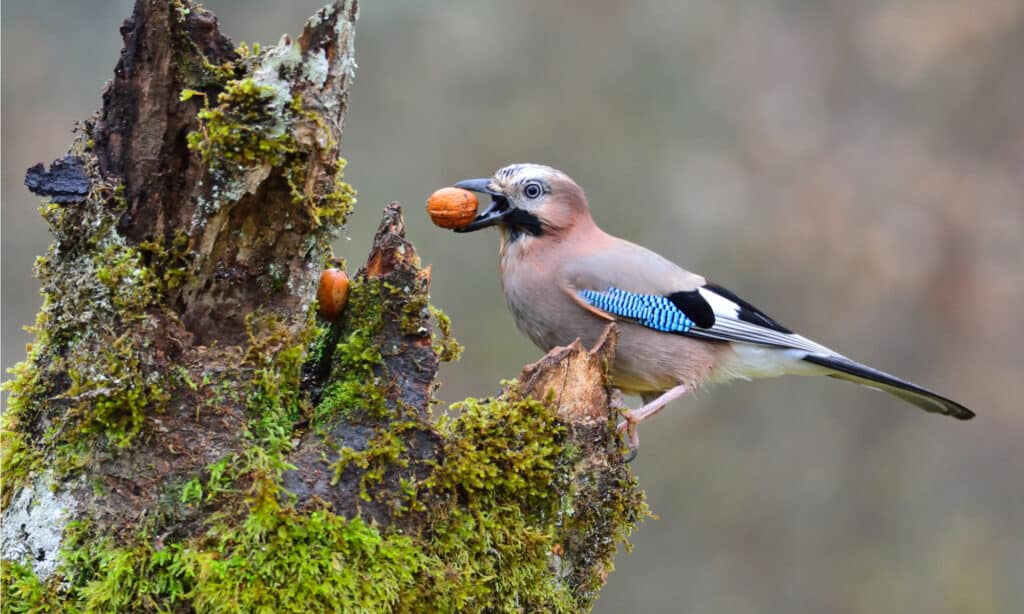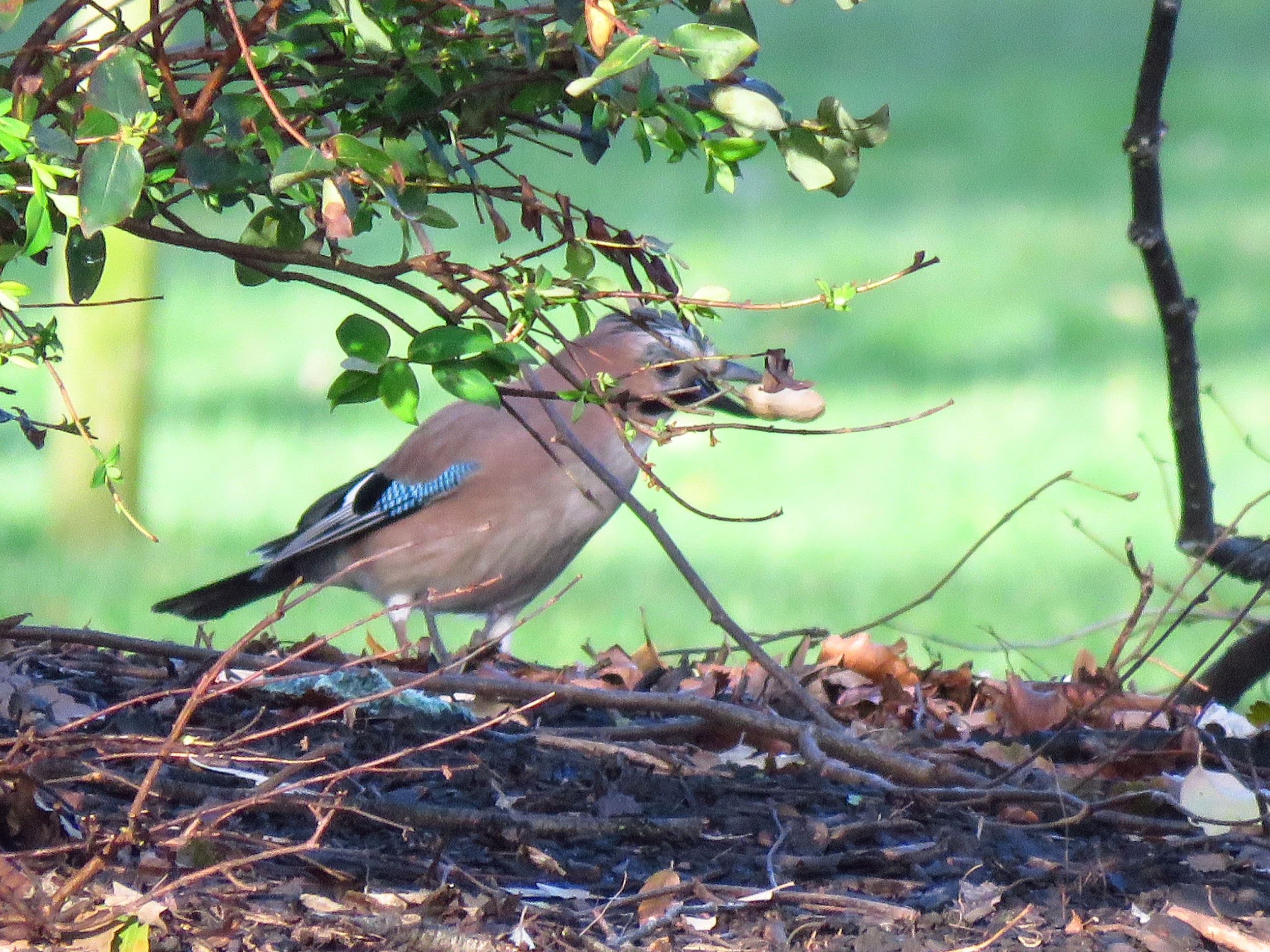In the peaceful woodlands of Europe, a beautiful story unfolds every year — a seasonal friendship between the sturdy oak tree and a clever, colourful bird known as the Eurasian jay. It’s a natural partnership that has quietly helped forests grow and thrive for centuries.

Every season, the oak tree changes with the rhythm of the year. In spring and summer, its large, leafy canopy provides shade, shelter, and a nesting place for birds. But the real magic happens in autumn, when the oak produces acorns — those little brown nuts that hold the tree’s future.
And that’s when the jay gets to work. Eurasian jays are smart, busy birds, especially in autumn. As soon as acorns start to fall, the jays begin collecting them. Not just a few thousand! They fly off and hide the acorns in many secret spots all over the forest floor, in bushes, and even in open fields. They remember hundreds of these hiding places, coming back later in winter to eat the acorns when food is hard to find.

But here’s the twist: they don’t find all of them. And the forgotten ones? They begin to grow into new oak trees when spring returns. Without even realising it, the jays are planting forests, one acorn at a time. This seasonal teamwork — the oak providing the food, and the jay spreading the seeds — is one of nature’s best examples of cooperation. It helps keep the forest alive, healthy, and full of new life. The jays get the food they need, and the oaks get a chance to grow in new places.
But this balance is under threat. Because of climate change, seasons are shifting. Some years, oaks are dropping their acorns earlier than usual. If the jays don’t adjust their behaviour in time, they might miss the harvest. Acorns could rot before they’re stored, or the jays may simply not find enough to get through the winter. This could mean fewer new oak trees, and slowly, the forest might start to thin out.
That would be a big loss. Oak forests are home to so many creatures — from tiny insects to big mammals. If the oak and jay rhythm falls out of sync, a whole ecosystem could feel the impact.
Luckily, people are watching closely. Scientists and even everyday nature lovers are helping track when oaks bloom and drop acorns, and when jays arrive in different places. This kind of information helps conservationists act quickly if something is going wrong, like planting more oaks or protecting jay habitats during migration.
The story of the oak and the jay isn’t just about a tree and a bird. It’s about how everything in nature is connected — how even small acts, like hiding an acorn, can have big consequences for the world around us. It reminds us that when species work together, nature thrives. And when we understand and support those relationships, we’re doing our part to keep the wild, wonderful world alive for generations to come.
(Photo source: Internet)
About the author: Mr. Hemanta Adhikary is a nature and sports lover. He is currently working as a project associate at CSIR NEERI in India. His area of expertise is in Air quality monitoring and analysis. He has done his Master’s (M.Sc.) in Environmental Science from Calcutta University.





